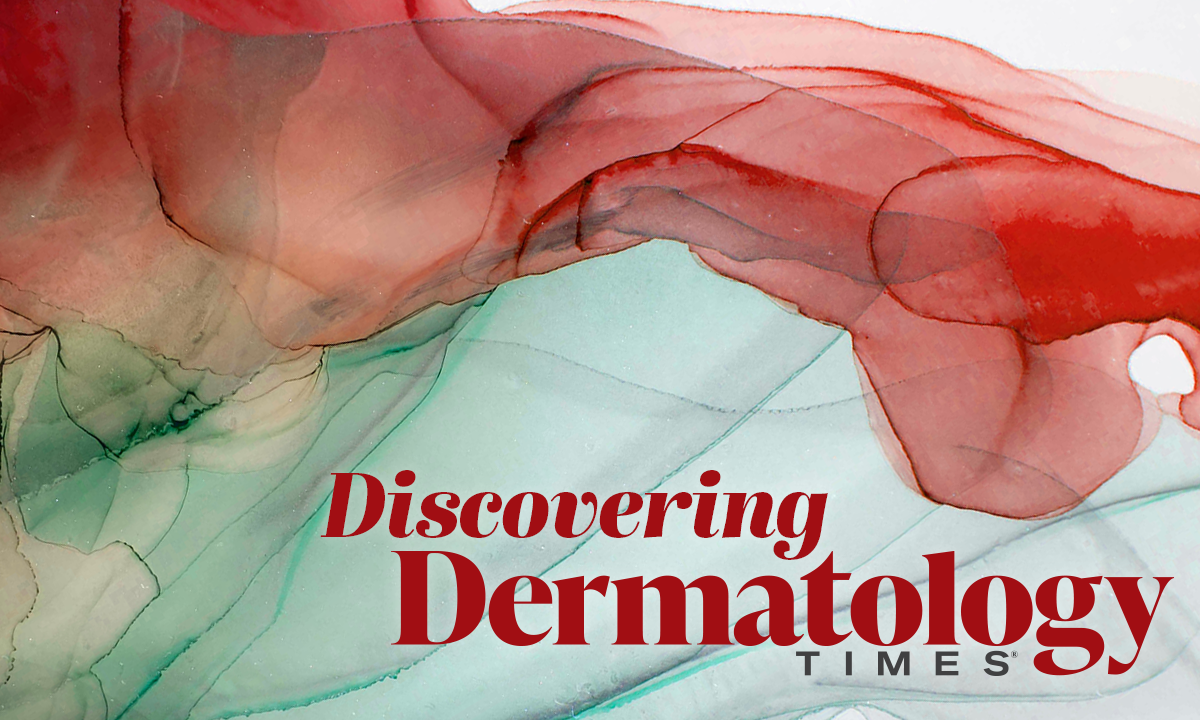- Case-Based Roundtable
- General Dermatology
- Eczema
- Chronic Hand Eczema
- Alopecia
- Aesthetics
- Vitiligo
- COVID-19
- Actinic Keratosis
- Precision Medicine and Biologics
- Rare Disease
- Wound Care
- Rosacea
- Psoriasis
- Psoriatic Arthritis
- Atopic Dermatitis
- Melasma
- NP and PA
- Skin Cancer
- Hidradenitis Suppurativa
- Drug Watch
- Pigmentary Disorders
- Acne
- Pediatric Dermatology
- Practice Management
- Prurigo Nodularis
- Buy-and-Bill
Publication
Article
Dermatology Times
Discovering Dermatology Times: June 2023 Acne Supplement
Author(s):
Learn more about the in-depth topics covered in the June 2023 Frontline Forum acne supplement of Dermatology Times®.

The June Frontline Forum acne supplement of Dermatology Times®, Exploring Expert Perspectives on the Management of Acne Vulgaris, includes a collection of thought-provoking discussions and acne treatments tips from Neal Bhatia, MD; Dawn Eichenfield, MD, PhD; Lawrence Eichenfield, MD; Linda F. Stein Gold, MD; and Guy Webster, MD, PhD. Be sure to take a look at the highlights from the supplement below. Also, don’t miss a moment of Dermatology Times by signing up for our eNewsletters and subscribing to receive the print issue and supplements each month.
Frontline Forum Part 1: Exploring Expert Perspectives on the Management of Acne Vulgaris
“The biggest cause of acne is puberty when sebaceous secretion animates, or androgen secretion animates the sebaceous gland, and triglyceride-rich sebum is produced. Propinibacterium acnes eats it and then becomes a target for inflammation,” explained Guy F. Webster, MD, PhD, the chief medical officer at NFlection Therapeutics and a clinical professor of dermatology at Sidney Kimmel Medical College at Thomas Jefferson University in Philadelphia, Pennsylvania. For panelist Linda F. Stein Gold, MD, considering and targeting the 4 pillars in the pathogenesis of acne is crucial when considering treatments for patients.
Frontline Forum Part 2: Exploring Expert Perspectives on the Management of Acne Vulgaris
Isotretinoin may not always be effective for all patients, and as such it is important to consider additional options. Lawrence Eichenfield highlighted the utility of clascoterone cream 1% (Winlevi®; Sun Pharmaceutical Industries), whereas Stein Gold said she believes hormonal therapy is beneficial for women who suffer from acne. One piece of advice regarding any acne treatment regimen is to keep it simple to help keep patients motivated, Stein Gold commented, because complicated skin care regimens can be overwhelming. She said clinicians should remind patients not to exfoliate the skin vigorously; instead, patients should use a gentle cleanser, moisturizer, and sunscreen.
Frontline Forum Part 3: Exploring Expert Perspectives on the Management of Acne Vulgaris
Panel members agreed that looking at patients’ androgen level in relation to acne can be difficult. Webster said it has been done indirectly looking at a population of women with polycystic ovary disease and observing how many also had acne, which was around 30%. He noted that suppressing the women’s androgens with oral steroids only helped relieve symptoms in a small percentage of the population. Stein Gold’s practice does not routinely check androgen levels in patients with acne. However, she said they do so for patients who have severe acne and have not responded to typically prescribed treatments because that could indicate a hormonal abnormality (which could lead to a diagnosis of polycystic ovary disease).
Frontline Forum Part 4: Exploring Expert Perspectives on the Management of Acne Vulgaris
As in other areas of medicine, the COVID-19 pandemic has changed practice in dermatology, with many patients preferring telemedicine consults. For patients with severe acne, this is a convenient way for them to check in with their clinicians. For example, telemedicine can assist in monitoring patients receiving isotretinoin. Lawrence Eichenfeld, MD, told panelists that about 70% of telemedicine visits at his practice are for acne, and approximately 70% of those acne visits are for isotretinoin follow-up.






